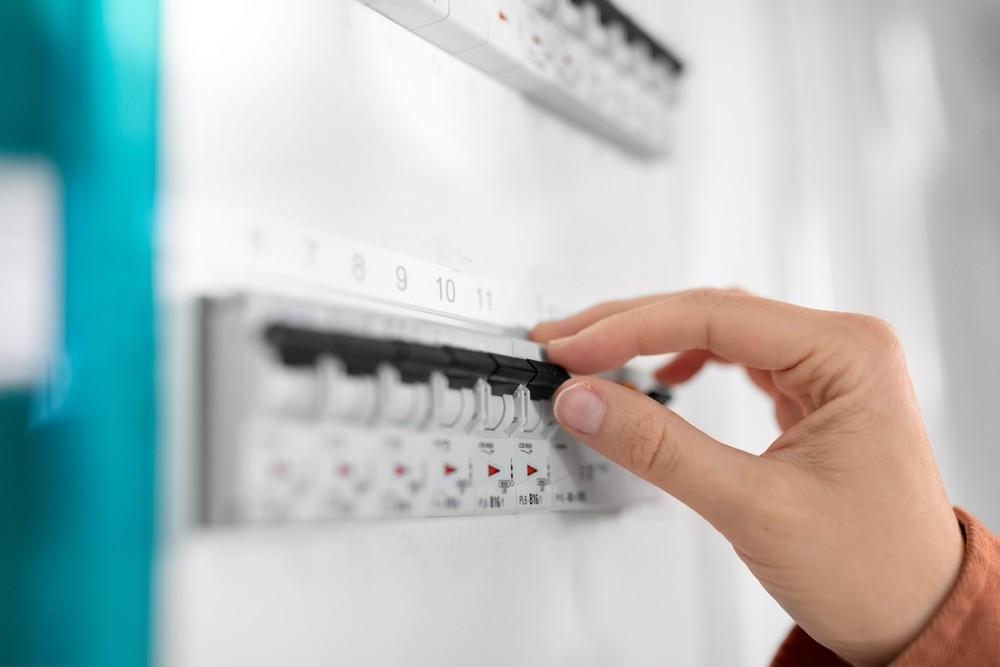Electrical fuses are essential components in an electrical system. They act as a protective device that safeguards against excessive current flow, which can lead to equipment damage, fire hazards, safety risks, system instability, power quality issues, and economic losses.
Understanding the different types of fuses available and their specific applications is crucial for ensuring the safety and reliability of electrical installations. In this article, we will delve into the world of electrical fuses, exploring their purpose, functionality, and the most commonly used fuse types.
What is a Fuse and How Does it Work?
The concept of a fuse is relatively simple yet crucial in ensuring the safety and reliability of electrical circuits. By understanding how a fuse works, we can appreciate its role as a protective device.
A fuse is comprised of three primary components: the fuse element, a support structure, and a housing. The working principle of a fuse relies on the behavior of the fuse element when subjected to excessive current. When the electrical circuit operates within its normal range, the current flowing through the fuse element is below its rated value. As a result, the fuse element remains intact, allowing the current to pass through it without hindrance.
However, when an overcurrent condition occurs, such as a short circuit or an overload, the current flowing through the circuit rapidly increases beyond the fuse's rated value. This elevated current heats up the fuse element due to its electrical resistance. As the element absorbs heat, its temperature rises.
The material chosen for the fuse element has a crucial characteristic: a low melting point. When the current exceeds the fuse's rated value, the heat generated causes the element to reach its melting point. At this critical temperature, the fuse element undergoes a phase change from solid to liquid, effectively breaking the circuit.
The melting of the fuse element is intentional and serves as a protective measure. By melting, the fuse element creates an open gap in the electrical circuit, known as an "open circuit." This interruption of the current flow prevents further energy from being delivered to the downstream components, protecting them from potential damage caused by excessive current.
Once the fuse element has melted and the circuit is interrupted, the faulty condition must be identified and corrected before replacing the fuse. This troubleshooting process is essential to ensure the safe and proper functioning of the electrical system.
Replacing a blown fuse involves removing the old fuse from its housing and replacing it with a new one that matches the original specifications. It is important to use a fuse with the correct current rating to maintain the appropriate level of protection for the circuit.
Common Types of Electrical Fuses:
- AC Fuses:
AC fuses are primarily used in alternating current (AC) circuits and are designed to handle high current loads. These fuses are available in various form factors and are suitable for protecting appliances, motors, transformers, and power distribution systems. AC fuses are essential components in commercial buildings, providing protection against overcurrent situations and enhancing the safety and reliability of electrical systems. From safeguarding power distribution systems and protecting motors and transformers to ensuring the longevity of electrical equipment and providing circuit-level protection through panelboards, AC fuses play a critical role in maintaining efficient and secure electrical operations in commercial buildings.
- Low Voltage (LV) Fuses:
As the name suggests, LV fuses are employed in low voltage applications, typically below 1,000 volts. LV fuses are essential components in commercial buildings, providing vital protection against overcurrent conditions in low voltage applications. By safeguarding electrical systems, equipment, control circuits, and distribution panels, LV fuses ensure the safe and reliable operation of commercial building infrastructure.
- Rewirable Fuses:
Also known as kit-kat or cartridge fuses, rewirable fuses allow for the replacement of the fuse element after it melts. These fuses consist of a base, fuse carriers, and replaceable fuse wires, making them cost-effective and easy to maintain. Rewirable fuses offer a practical solution for protecting electrical circuits in commercial buildings. Their replaceable fuse wire design, ease of maintenance, versatility, user-friendly operation, safety features, and compliance with electrical standards make them a reliable choice. By utilizing rewirable fuses, commercial building owners and facility managers can ensure the safety and dependability of their electrical systems while optimizing operational efficiency.
- Cartridge Fuses:
Cartridge fuses are compact, cylindrical fuses available in a variety of sizes and current ratings. They are used in a wide range of applications, including power distribution systems, motor protection, control circuits, and industrial equipment. Cartridge fuses can be classified further into two types: knife blade fuses and cylindrical fuses.
Their compact design, wide current rating range, reliable protection, and ease of maintenance make them an excellent choice for ensuring the safety, reliability, and efficient operation of electrical systems in commercial settings. By selecting the appropriate cartridge fuse for each application, commercial building owners and facility managers can effectively protect their investments and provide a secure environment for occupants.
- Striker Fuses:
Striker fuses, also known as time-delay fuses or slow-blow fuses, are designed to tolerate temporary current surges that occur during the startup of motors or equipment. They are commonly utilized in motor control centers and industrial machinery. These fuses provide a delay before melting, allowing for the inrush current to stabilize. With the use of striker fuses, commercial buildings can maintain operational continuity, prevent damage to electrical circuits, and ensure the safety and reliability of their electrical installations.
- Switch Fuses:
Switch fuses combine the functionality of a switch and a fuse into a single device. They provide both manual isolation and short circuit protection, making them ideal for applications where a reliable means of circuit disconnection is required. Meaning that switch fuses play a crucial role in commercial buildings. Their versatility, reliability, and ease of use make them an ideal choice for ensuring the safe and efficient operation of electrical systems. By incorporating switch fuses into the electrical infrastructure of commercial buildings, facility managers can enhance overall safety, protect valuable equipment, and facilitate maintenance and repairs when necessary.
- Dropout Fuses:
Dropout fuses are specialized fuses used in high voltage (HV) distribution systems that protect against overcurrent or short circuit faults. These fuses have a unique feature of automatically extinguishing the fault arc after clearing the fault, thereby minimizing the potential for further damage. By incorporating dropout fuses into the electrical infrastructure, commercial buildings can mitigate the risks associated with overcurrent conditions, ensuring the smooth operation of facilities and the protection of valuable assets.
To sum it up…
Electrical fuses play a vital role in safeguarding electrical systems and equipment from the risks associated with excessive current flows. Understanding the different types of fuses available and their applications is essential for selecting the right fuse for a specific electrical circuit. Whether it's AC fuses for power distribution systems, rewireable fuses for domestic applications, or switch fuses for reliable circuit disconnection, each fuse type has its unique characteristics and advantages. By utilizing the appropriate fuse types, electrical installations can be protected effectively, ensuring safety in your building.
Contact MTAEE today to schedule a power system analysis or for electrical testing services in California!

